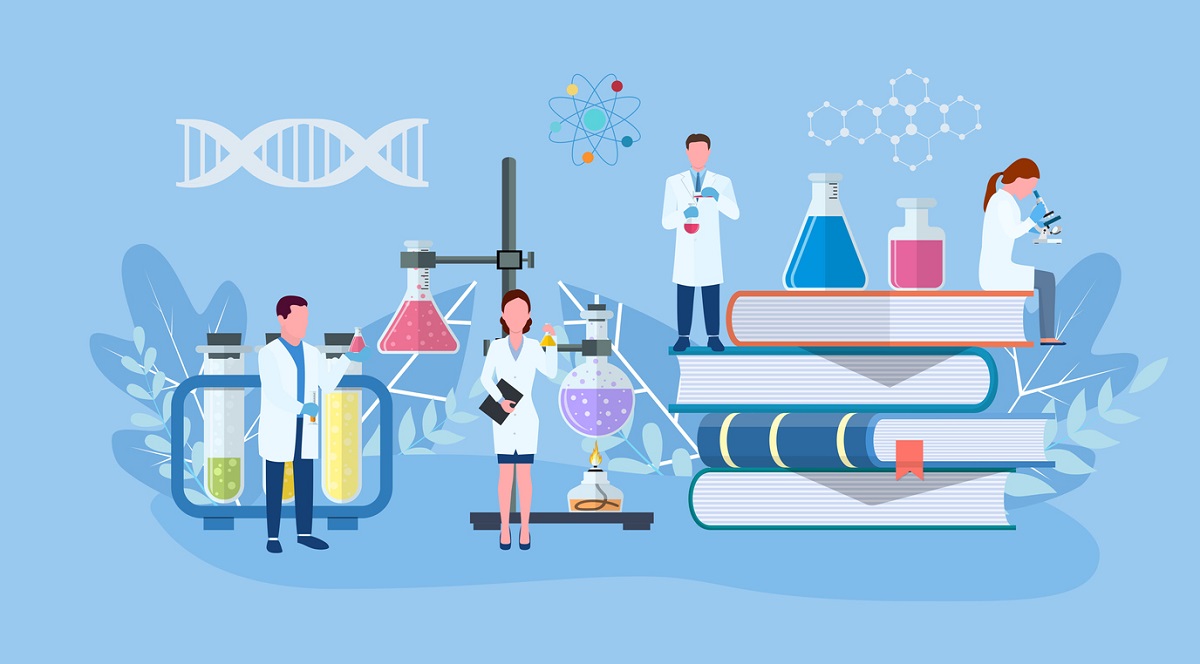Are We Ready to Conduct Risk Assessment on Gene Drive Technologies?
| |
On June 16, 2022, ISAAA Inc., the Outreach Network for Gene Drive Research, and the ISAAA Biotechnology Information Centers Network conducted the webinar Key Considerations for Risk Assessment of Gene Drive Technologies via Zoom, the second part of the 2022 Gene Drive Webinar Series. This article provides an overview of the topics discussed during the webinar.
According to an article published in the Proceedings of the National Academy of Sciences in 2020, gene drive technology has gained popularity in the scientific literature and the mainstream media. However, there is little consensus vocabulary on the matter. A standard consensus definition of the technology will be extremely helpful to the scientific community, the public, and the regulators who are tasked to review the risks and benefits of any technology that can be used to address global challenges in health, environmental conservation, and food security.
Risk assessment is one of the key steps undertaken by a technology or product before it becomes available to the public, and regulatory frameworks are used to guide the risk assessment process. As there are currently no specific frameworks for gene drives, regulators base the assessments on existing frameworks used for genetically modified organisms (GMOs).

Are New Regulatory Frameworks Needed for Gene Drive?
Dr. Heidi Mitchell, Director of the Contained Dealings Evaluation Section of the Office of the Gene Technology Regulator in Australia, believes that existing frameworks are suitable for evaluating gene drives. In her presentation, she showed the risk analysis principles that the OGTR applies to any new types of GMOs to illustrate how risk assessment is done in Australia. These principles are:
- Adapt and adopt existing guidelines, such as the ISO 31000 and OECD document;
- Qualitative and comparative assessments vs. baseline data;
- Focus on harm and plausible pathways to harm, which is looking at what could go wrong and how it could go wrong;
- Distinguish events vs harm, because the existence of events does not equate to harm. Rather, an event is harmful if it does something bad to cause harm; and
- Regulatory science and data to support decision making. Regulatory science means trying to prove that something won’t happen, and this helps the regulator make a decision even when there is uncertainty.
The OGTR has the knowledge and experience in releasing GMOs as well as the knowledge for contained work with gene drives to be able to conduct risk assessment of the release of gene drives. Additionally, there is also guidance from other risk analyses that they can refer to such as the existing GMO risk assessment process, biological risk control experiences in investigating the impact of an introduction of a species or removal of a pest, assessment of sterile insect release using gamma irradiation, conventional pest control and species conservation, and containment of dangerous pathogens in the lab. These all help equip regulators with the knowledge and lessons on risk assessment, risk management, and risk communication to prepare themselves for the risk assessment of gene drives for environmental release.
Based on the Australian experience, existing regulatory frameworks can be used for gene drive assessments. Dr. Mitchell emphasized that regulators can build on existing frameworks for risk analyses. They can also refer to or borrow principles from other disciplines in biology instead of reinventing a whole new framework. Lastly, scientific discussions about gene drive and risk assessment should be encouraged and continued to further knowledge sharing.

Are We Ready to Regulate Gene Drive Organisms?
Dr. Vibha Ahuja, Chief General Manager of the Biotech Consortium India Ltd. based in New Delhi, India, says that capacity building is a key tool in understanding innovative technologies like gene drive. Having well-informed and equipped regulators can help address concerns that lead to building the public’s trust in these innovative technologies. Thus, capacity building is essential to implementing appropriate regulations and facilitating science-based decision making when conducting risk assessment analyses.
According to Dr. Ahuja, there are four key requirements that a regulatory body needs to have to regulate gene drives:
- A functional biosafety regulatory system in each country or territory. Having a regulatory system means that the regulatory body is competent to receive applications by researchers and technology developers.
- Scientific guidelines and resources for baseline information. Existing guidelines can be referred to, adapted, or borrowed to complement the existing regulatory system, as mentioned also by Dr. Mitchell. These guidelines were developed by credible scientific international agencies and have gone through years of discussions and consultative process, and therefore can be considered a strong foundation for baseline information.
- Trained human resources. Technical expertise in multiple disciplines is necessary for risk assessment. Moreover, there is also the frequent turnover of regulators and scientific staff. Thus, capacity building through training for regulators and their staff is necessary for the effective implementation of the biosafety framework and science-based risk assessments.
- Public participation and awareness. Strategic communication plans are extremely important to counteract misperceptions and inaccurate and false information about modern biotechnology. Regulators need to be trained as skilled communicators and spokespersons to be comfortable when speaking to the public and relaying science-based messages. They should also be trained in developing key information materials and identifying the right format that is suitable for the local community’s needs.
Dr. Ahuja specifically highlights the need for capacity building of human resources because it is urgently required for effective decision making in granting permits for testing and release, as well as public awareness. These need to be undertaken in a systematic, planned manner to foster effective participation and encourage responses from the public during consultations.

How Does Risk Assessment Affect Gene Drive Research?
In his presentation, Dr. Hector Quemada of Western Michigan University and founder of the Crop Technology Consulting, Inc., expounded on the different types of gene drive technologies that are currently explored by researchers for disease control (malaria, Lyme disease), biodiversity conservation, and invasive species elimination, and agricultural improvement (pest elimination). However, most of these projects are still in their early stages to be able to conduct case-specific research on gene drive events.
Researchers are then guided by the risk assessment approaches previously used in evaluating GMOs. As mentioned before, existing regulatory frameworks and guidelines can help conduct risk assessments for gene drives. However, it should be noted that there are additional challenges that need to be addressed, considering the nature and recency of the gene drive technologies. Thus, it is important to learn from the lessons and experiences of other risk assessment disciplines when it comes to handling and modeling, and of other organisms like biological control, invasive species, non-synthetic drives, and other ecological risk assessments.
While there are additional guidelines for gene drive risk assessment that are being developed, their value to gene drive research is yet to be determined. Researchers will have to read these additional guidelines to determine how helpful they will be for gene drive organism risk assessment.
The presentations, recording of the webinar, and other related information can be found in ISAAA Webinars. The next webinar on gene drive will be about integrating social, economic, and health aspects into decision making process to be held on July 28, 2022. Subscribe to the Crop Biotech Update to learn more about the 2022 Gene Drive Webinar Series.
| Newer Post | Archive | Older Post |
Science Speaks is ISAAA Inc.'s official blog. Weekly blog articles, authored by ISAAA writers, partners, and invited contributors, aim to help share, disseminate, and promote scientific knowledge and its vital role in achieving global agricultural sustainability and development. Your support to Science Speaks will help us achieve this goal. You can help us by donating as little as $10.

